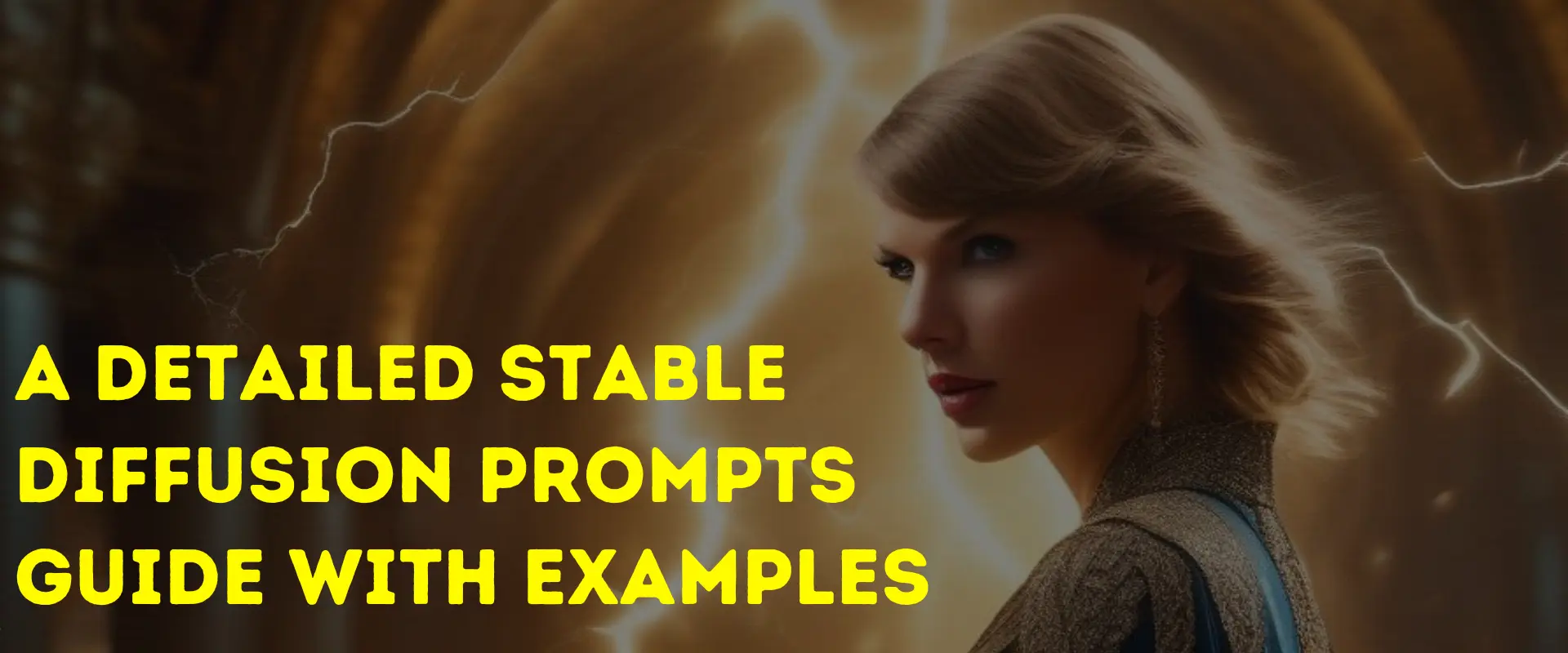Use the Stable Diffusion prompts guide to turn your ideas effortlessly into art with text-to-image technology. Improve your prompts to get better results with Stable Diffusion.
The better your prompt, the better the artwork will be. This article will explore over 20 of the best prompts for Stable Diffusion for a delightful visual experience. You can use these 20 prompts on Midjourney, too, if you want.
Also, this article explains the methods and steps learned from experiments and input from other users. We want to put everything we learn about prompts to learn about them easily.
Table of Contents
Does Stable Diffusion Learn From Prompts?
Prompts are essential in Stable Diffusion, serving as the basic plan for AI to craft unique art. They’re similar to text instructions given to an advanced program, such as Stable Diffusion, to make something specific.
How to Write Stable Diffusion Prompts?
Good prompts should be clear and specific. But the question is how to use Stable Diffusion prompts. Check all keywords and choose the ones you like to use. The categories of keywords are:
- Topic
- Material
- Fashion
- Artist
- Webpage
- Sharpness
- Extra information
- Shade
- Brightness
Let’s go through each section and create images with specific keywords using the version 1.5 model. We’ll check the prompt’s impact without using any negative prompts. We’ll cover negative prompts later in the article, so don’t worry.
Topic
What do you want in the picture? Not talking sufficiently about the topics is a mistake. Imagine creating a magic-wielding sorceress. A beginner might write “A sorceress.”
That allows too much imagination. What should the sorceress look like? Are there any specific words to describe her and narrow down the image? What is she wearing? What magic is she using? Is she floating, running, or standing? What’s in the background?
The stable Diffusion tool can’t guess our thoughts. We need to express our desires clearly.
People often use famous names as a trick with human subjects. They make a big impact and are a great way to manage how the topic looks. Note that these names can alter the appearance, pose, and other aspects.
For example, let’s make the sorceress look like Taylor Swift in Stable Diffusion. She’s mysterious, strong and uses magic.
Prompt: Magical Taylor Swift as a mysterious sorceress with lightning powers and a cool outfit.
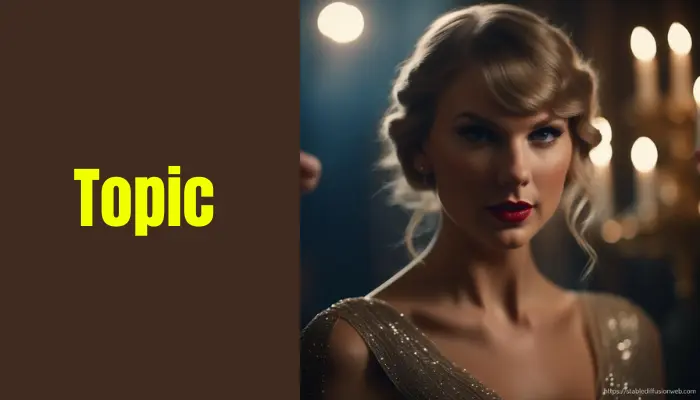
Material
Examples include drawings, paintings, 3D images, and photos. Material is powerful – just one keyword can completely alter the style. Include ‘digital painting’ as a keyword.
Prompt: Magical Taylor Swift as a mysterious sorceress with lightning powers, a cool outfit, and digital painting.
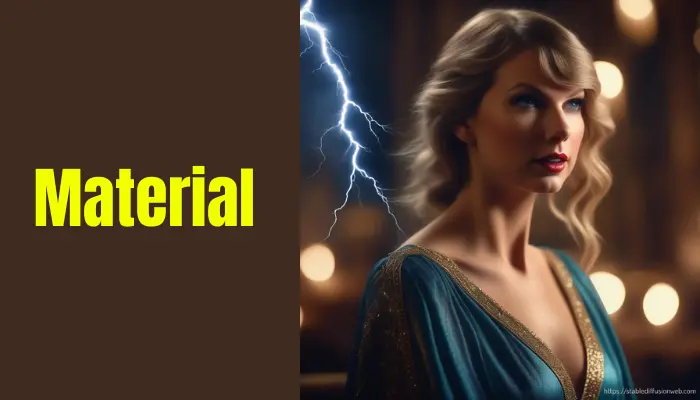
We got what we thought! The pictures switched from photos to paintings.
Fashion
Fashion or Stable Diffusion style is the artistic look of the picture, like pop art impressionists. Add fantasy and pop art to the prompt.
Prompt: Magical Taylor Swift as a mysterious sorceress with lightning powers and a cool outfit, digital painting, fantasy, pop art.
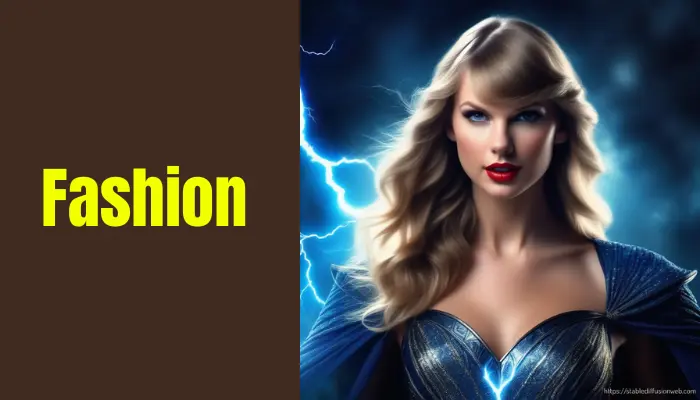
Artist
The names of artists have a big impact. You can copy the style of a specific artist using them. People often use different artists to mix their styles. Now, include Pablo Picasso and Vincent van Gogh.
Prompt: Magical Taylor Swift as a mysterious sorceress with lightning powers and a cool outfit, digital painting, fantasy, and pop art by Pablo Picasso and Vincent van Gogh.

We can notice both artists’ styles blending well.
Webpage
Art-sharing websites like Deviant Art and Artstation gather many different kinds of pictures.
Prompt: Magical Taylor Swift as a mysterious sorceress with lightning powers and a cool outfit, digital painting, fantasy, pop art by Pablo Picasso and Vincent van Gogh, artStation.
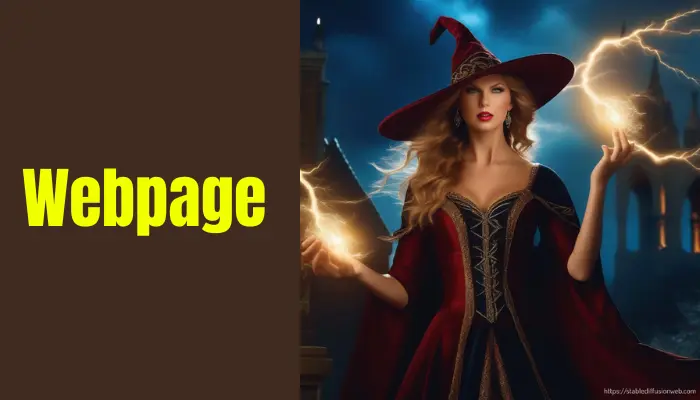
Sharpness
The sharpness is about how clear the picture is. Let’s include words like “sharp focus” and “highly detailed.”
Prompt: Magical Taylor Swift as a mysterious sorceress with lightning powers and a cool outfit, digital painting, fantasy, pop art by Pablo Picasso and Vincent van Gogh, artStation, sharp focus, highly detailed.
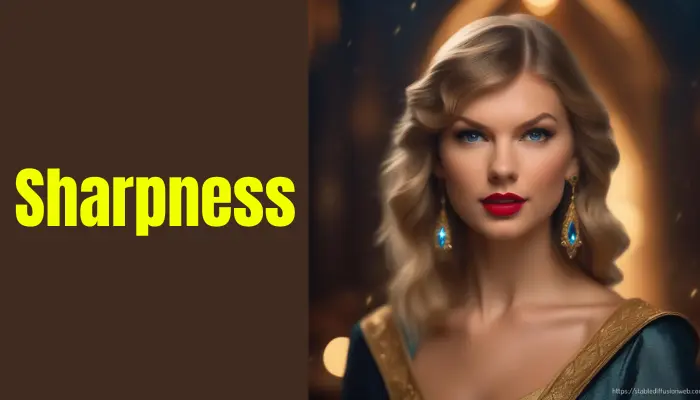
It doesn’t make a big difference, maybe because the earlier pictures are already quite clear and detailed. But it’s okay to include.
Extra Information
Extra information is like toppings that enhance an image. We’ll make the image futuristic, breathtaking, and dystopian for a cool vibe.
Prompt: Magical Taylor Swift as a mysterious sorceress with lightning powers and a cool outfit, digital painting, fantasy, pop art by Pablo Picasso and Vincent van Gogh, artStation, sharp focus, highly detailed, futuristic, breathtaking, dystopian.

Shade
Change the image’s shade using Stable Diffusion color keywords. You may see the shades as tones or objects. Let’s make the image shine with iridescent gold.
Prompt: Magical Taylor Swift as a mysterious sorceress with lightning powers and a cool outfit, digital painting, fantasy, pop art by Pablo Picasso and Vincent van Gogh, artStation, sharp focus, highly detailed, futuristic, breathtaking, dystopian, iridescent gold.
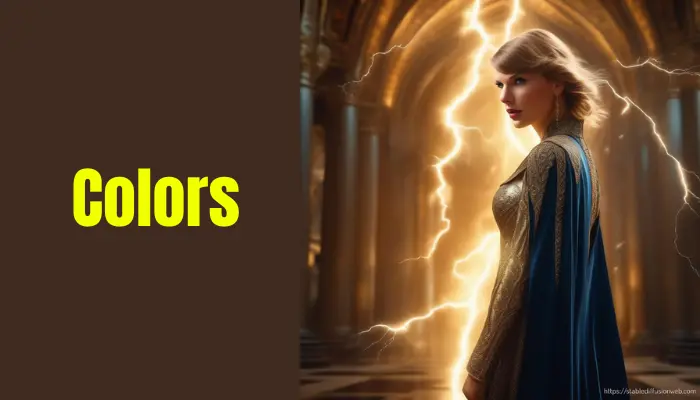
Brightness
Good photos need good Stable Diffusion lighting or brightness. Keywords for brightness can greatly impact how the picture appears. Add movie-style lighting and shadows in the prompt.
Prompt: Magical Taylor Swift as a mysterious sorceress with lightning powers and a cool outfit, digital painting, fantasy, pop art by Pablo Picasso and Vincent van Gogh, artStation, sharp focus, highly detailed, futuristic, breathtaking, dystopian, iridescent gold, movie-style lighting, shadows.
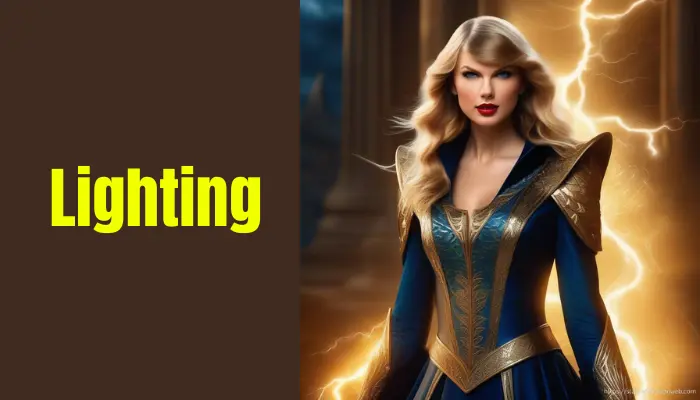
Resolution
The resolution shows image clarity. We emphasize “sharp focus” and “highly detailed” in the sharpness part. We are just saying how resolution matters in Stable Diffusion prompts.
Remarks
You might see the images look good with just keywords. Extra isn’t always better for Stable Diffusion prompts. You don’t need lots of keywords for good images.
Note: With Stable Diffusion, you can create great images with just a few keywords in your prompt.
Negative Prompt
Use negative Stable Diffusion prompts by specifying what you don’t like instead of what you do want. They can be styles or unwanted features, not just objects.
Negative prompts are essential. Without them, the images won’t match up to v1’s quality. V1 models do not need them, but I use them regularly because they help.
Let’s use universal negative prompts. Learn more to understand how it functions.
- Grainy
- Bad art
- Draft
- Blurry
- Distorted face
- Amateur
- Beginner
- Overexposed
- Underexposed
- Low contrast
- Cut off
- Signature
- Watermark
- Bad anatomy
- Deformed
- Disfigured
- Extra limbs
- Tiling
- Ugly
The negative prompt made the pictures stand out, so they didn’t look so flat.
How to Create Prompts for Stable Diffusion?
A good prompt in Stable Diffusion should start with a clear and brief statement. Clearly tell the model what problem to solve in your prompt. Ensure it’s detailed so the tool can give a useful answer.
Iterative Prompt Building
Think of prompt structure as a step-by-step process. Adding some keywords to the subject can make the images quite good, as seen earlier.
We begin with a basic prompt: topic, medium, and tone only. Create a minimum 4 images together to notice what happens. Prompts aren’t perfect. It’s helpful to understand what Stable Diffusion can do on average. Add up to two keywords each time and create a minimum of four images to see the impact.
Using Negative Prompt
You can start with a general negative prompt. Incorporating keywords into the negative prompt is a step in the repeated or iterative process, put simply.
You can use keywords like “hand” to hide body parts or objects you like to avoid in v1 models because they struggle with rendering hands.
Prompting Techniques
You can change how important Stable Diffusion keywords are by using a separate one at specific times.
These rules are for AUTOMATIC1111 GUI.
1. Keyword Weight
You can tweak a keyword’s importance using syntax like this: (keyword: factor). A factor < 1 makes it less important, while a factor > 1 makes it more important in the Stable Diffusion prompt.
This technique works for topic keywords and every category, like lighting and style.
2. () and [] Syntax
The next one of the Stable Diffusion prompt examples is to modify keyword strength using () and [].
You can stack them like in Algebra, multiplying their effects.
For parentheses:
- Each set multiplies the keyword by 1.1, 1.21, and 1.33, respectively.
For brackets:
- Each set reduces the keyword by 0.9, 0.81, and 0.73, respectively.
Quick Tip: Try Ctrl/Cmd + Up/Down Arrow to adjust keyword weight!
3. Keyword Blending
You can blend two Stable Diffusion keywords, called prompt scheduling, using this syntax: [keyword1 : keyword2: factor].
This factor determines when to switch from keyword1 to keyword2.
Blending Faces
A common use is making a unique face, often inspired by actors. Choose two names (any celebrity) and adjust the factor carefully to achieve the desired look. Or use several keyword weights and celebrity names to alter facial features.
Poor Man’s Prompt-To-Prompt
You can create images like prompt-to-prompt, making pairs of similar photos with edits with keyword blending.
Adjust the factor carefully. Why? Because the early diffusion process sets the image’s overall composition. When diffusion is confined to a little space, changing keywords won’t drastically alter the image, just a small portion.
5 Methods to Generate Consistent Face Stable Diffusion
The five most effective methods for creating Face-Stable Diffusion.
1. Multiple Celebrity Names
Mixing celebrity names makes blending faces easy. The mixing will be even in all pictures. You don’t have to schedule prompts. Stable Diffusion is creating one person with facial features when using multiple names.
Use famous faces and preferences to refine your desired look. Avoid unwanted features by mentioning celebs you don’t like to resemble.
2. The Reactor Extension
Another way to create stable faces is by using the ReActor extension. It’s like face swapping or Deepfake AI, where you can replace your face with images, similar to the ControlNet IP Adapter.
3. Dreambooth
You’ll be required to prepare a dreambooth model to generate your image.
4. LoRA
To create consistent faces using the Stable Diffusion prompt guide, we use LoRA models, including celebrities and famous people. You can easily find these celebrity face models on Civitai for generating well-known personalities’ faces.
5. ControlNet IP Adapter Face
The easiest way to keep faces consistent in all your pictures is by using the ControlNet IP Adapter. It’s a neural network model called ControlNet, which helps stabilize face appearance in image editing.
Similar to LoRA models, but with more refinements. There are various ControlNet models for different purposes and IP Adapter models for transferring faces from one image to another.
You can take a face from one image and paste it onto another image you generate using IP Adapter models.
20 Stable Diffusion Best Prompts
Here are 20 good Stable Diffusion prompts. You can also use these for anime prompts in Stable Diffusion just by adding the keyword “anime” to the prompt.
- ???? Portrait of an aged Asian warrior chief ????, tribal panther makeup ????, side profile, intense gaze ????, 50mm portrait photography ????, dramatic rim lighting ???? –beta –ar 2:3 –beta –upbeta –upbeta.
- ???? Keanu Reeves is an ancient warrior chief with tribal panther makeup, blue on red, side profile, serious eyes, shot with a 50mm lens and dramatic rim lighting. ????
- ???? African warrior chief with tribal panther makeup gold accents on a white background. Side profile, intense gaze with 50mm portrait photography, dramatic rim lighting. ????
- ???? Ultra-realistic Native American old woman portrait ???? Cinematic lighting ???? Award-winning photo ???? No color ???? 80mm lens –beta –upbeta –upbeta
- ???? Mucha’s headshot masterpiece! ???? Sharp focus, elegant render, Octane magic, detailed perfection, award-winning excellence, rim-lit beauty! ????
- ???? Goth beauty with piercing green eyes, gold ankh necklace, casual allure. ???? Award-winning studio portrait by Annie Leibovitz, Nikon, dramatic lighting. ????
- ???? Warrior chief Takeshi Kaneshiro in tribal panther makeup with a 50mm lens and dramatic rim lighting. ????
- ???????????? “Tattles” on bed, gauges in ears, serious gaze, 50mm portrait, intense rim lighting ???????? –beta –ar 2:3 –beta –upbeta
- ???? Stunning 4K HDR photo of Christina Hendricks as an Amazon warrior! ???????? High-res, award-winning shot with a smooth, sharp focus.
- ???? Epic 1950s USSR concept art: Young James Dean as a mechanic in green dungarees boots, reading a book.????
- ???? Ancient Indonesia, villagers, warriors, priests, cinematic art, detailed atmosphere, epic concept, wimmelbilder, matte painting, mountainous backgrounds, lighting effects, mist, realistic photo art, volumetric light, cinematic epic + rule of thirds | 3.5mm, 8k resolution, Corona render, Octane render, trending on ArtStation, ultra-detailed movie concept, hyper-realistic composition, 8k lighting.????
- ????️ Ruined temple, ???? forest, stairs, columns, cinematic atmosphere, detailed & epic concept art with Matte painting, misty background, photorealistic, volumetric light, 8k resolution. ???? Movie concept art, trending on ArtStation, ultra-detailed realism, cinematic composition. ????
- ????️ Glass city: ???? Close-up shot, 3.5mm realism, Octane Render, 8K, ArtStation trend, Unreal Engine, hyper-detailed, cinematic exploration, photorealistic max detail, volumetric light, moody epic concept art, realistic matte painting, hyper photorealistic, movie concept art, Corona Render, cinematic composition, ultra-detailed, volumetric lighting. ????
- Cabela’s tent ????️ pop-up family pod, cabin, modular design ???? person in the foreground, mountainous, forested wilderness, open fields ????️ beautiful views, painterly concept art ???? Joanna Gaines, environmental farmhouse ???? Magnolia, art by Ross Tran, James Gurney, Craig Mullins, Greg Rutkowski trending on ArtStation! ????
- Superhero mashup ????♂️????️????, cottage-core vibes ????, hyper-detailed background ????, dynamic full-body pose ????, intricate digital painting ????️, by Artgerm, Greg Rutkowski, alphonse mucha. Check it out on ArtStation! ????✨
- Digital concept art by Artgerm, Greg Rutkowski, and Alphonse Mucha ???? Clear portrait of a handsome, lonely man in Tang Dynasty uniform! ???? Tang Dynasty heavy armored cavalry, vibrant light effects, hyper-detailed full-body character concept! ???? Dynamic pose, glowing lights, intricate elegance. ???? ArtStation, concept art, smooth focus, sharp illustration! ✨
- Cozy wooden house ???? with fireplace ????, night vibes ????, D&D concept art ????, warm and inviting ???? by James Gurney and Larry Elmore.
- ???? Cyberpunk android street samurai ????????: 3D render, hyper-detailed, ultra-sharp portrait. ???? Elegant, regal, hyper-realistic concept art in techwear clothing. ???? Octane render, Darriel Diano style, 8K post-production. ???? Unreal Engine 5, Unity Engine.
- ???????? Warrior illustration by Dan Mumford & Krzysztof Maziarz. Detailed, full-body shot with long hair in vibrant colors. Trending on ArtStation! ????????
- Lone skyscraper ????️ photo by Carr Clifton & Galen Rowell (16K), landscape veduta ???? by Dustin Lefevre & tdraw (8K), detailed painting by Ivan Shishkin ???? (DeviantArt, Flickr), rendered in Enscape, Miyazaki vibes, Nausicaa Ghibli, Breath of The Wild inspiration ???? (4K post-processing), atmospheric & hyper-realistic, epic 8K composition ????, cinematic art on ArtStation –w 1024 –h 1280
Stable Diffusion Prompts Examples
Examples of prompts for the Stable Diffusion process.

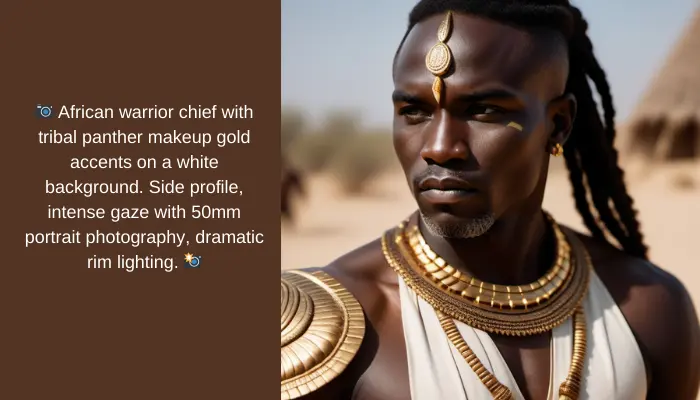
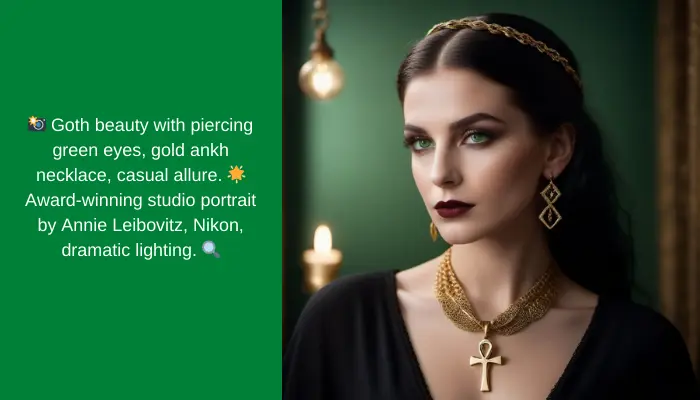

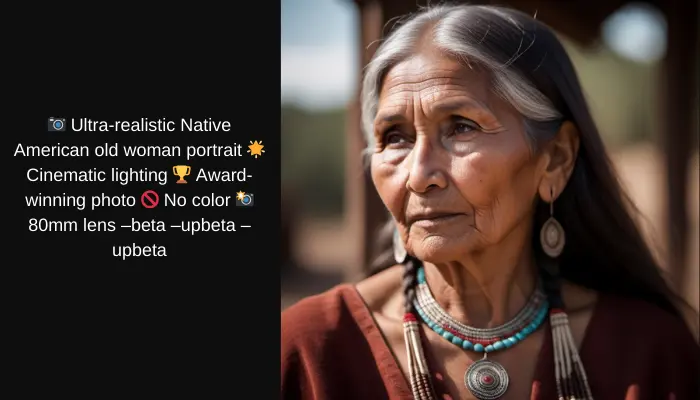
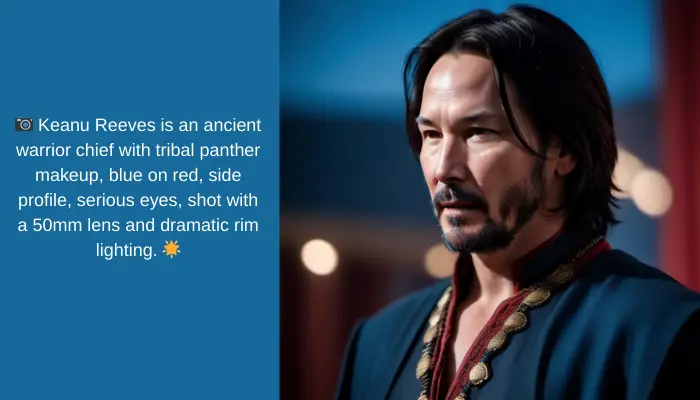
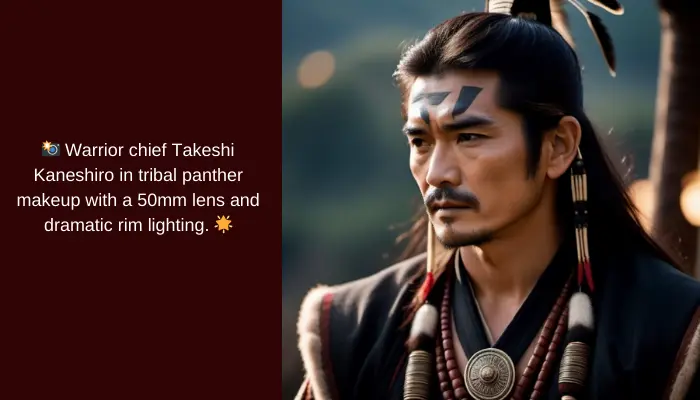
Stable Diffusion Prompts for Realistic Photos
Creating realistic images is important because good lighting affects the image’s clarity, composition, and mood. Good lighting brings out the subject, adds depth and stirs emotions.
Understanding lighting is crucial for creating great images. Soft light brings calmness, while harsh light adds drama. Without good lighting, pictures may lack depth and clarity. Mastering lighting techniques is key to realistic and high-quality images.
Stable Diffusion Art With Example
An example of stable diffusion art can be found here.
Paintings of Landscapes
We requested traditional landscape paintings of gardens, castles, and mansions, aiming for a classic vibe rather than digital illustrations.
“Stunning castle by a waterfall in the lumber, artwork by Josef Thoma”

Style cue Steampunk
“A 4k digital illustration of a robot with intricate clockwork details, trending on ArtStation, featuring vivid fantasy colors”

Forest Scenes
We like how StableDiffusion (and DALL-E 2) renders textures. It’s great for 3D artists who can quickly create and combine various textures to enhance their objects.
Due to our fondness for moss, we created a forest scene resembling Magic: the Gathering portraits, following our fantasy picture template.
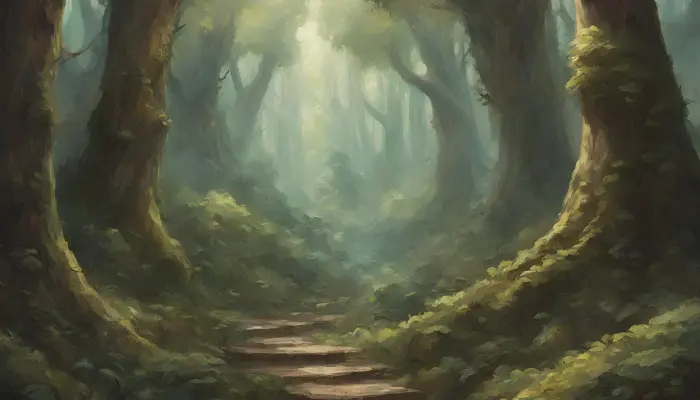
A War Scene
“Amidst the deafening roar of artillery fire, a lone soldier crouches behind a crumbling wall”
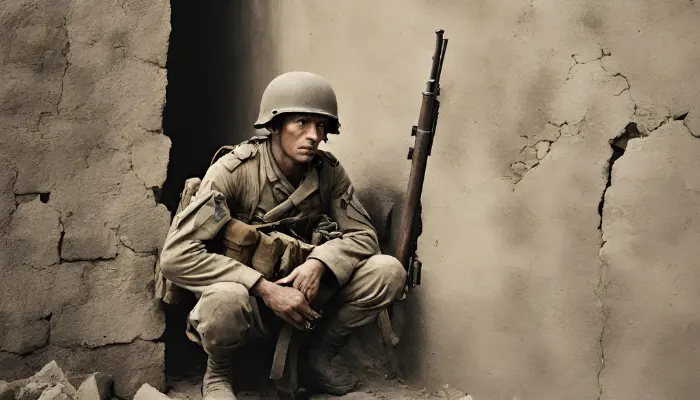
Where Are Prompts Saved Stable Diffusion?
When using Stable Diffusion, prompts are carefully integrated directly into the image. This means the original pixel values, like instructions, are smoothly part of the image’s structure.
How to View Prompt History Stable Diffusion?
To get it, head to Extensions, then click on the download from URL option in Stable Diffusion. Paste the extension URL, click “Install,” and then restart Stable Diffusion after installation. Check out the new “Prompt History” option to see and use your prior prompts easily.
Stable Diffusion Prompt Tips and Tricks
Tips for best stable diffusion prompts:
- Be super specific! The more details, the better the model can match your vision!
- Choose words that fit and describe your topic well. Keywords help the model grasp the main idea, theme, and style of the input.
- Exclude things you don’t want in the picture by using negative prompts, which are words starting with minus signs (-).
- Use brackets to change how important or influential keywords are in your prompt.
- Use names of artists or websites to copy their style. These names are like keywords that guide the model to create an image similar to a particular artist.
- Try different settings.
Summing up the Stable Diffusion Prompts Guide
To sum up, we have covered a complete Stable Diffusion prompts guide with 20 examples. This will help you with the idea of how to make better Stable Diffusion prompts. We have also covered tips and tricks you can apply while writing the prompt. Make sure you read the faqs related to the Stable Diffusion prompt guide.
FAQs
How do you write better prompts for Stable Diffusion?
How do you write a best prompt for Stable Diffusion? Choose your keywords carefully. You can find a lot of keywords for each category in the prompt generator.
What are the secrets of Stable Diffusion prompts?
The secret to making prompts that work well for Stable Diffusion is to give clear details about what you want without twisting the machine. It’s about getting the right mix of powerful keywords, structure, and details.
How do you get the best results in Stable Diffusion?
If you give Stable Diffusion more details and describe what you want in a prompt, the chances of getting the best result go up.
How do you make ChatGPT generate prompts for Stable Diffusion?
Two key methods to create good Stable Diffusion prompts from ChatGPT. The subject should be fixed. The prime with examples.
Do I need commas to separate Stable Diffusion prompts?
Stable Diffusion doesn’t mind commas. You can use them to keep your prompts organized the way you like.
What is the best setting for Stable Diffusion?
Stable Diffusion makes pictures ranging from 64×64 to 1024×1024 pixels. However, it works best at its default size of 512×512 pixels.
How to Make AI Art with Stable Diffusion?
You can find and download the Stable Diffusion GUI on the subreddit for Windows. Users can unzip the files and find the executable inside after downloading. Users can use the software to input the best prompts and create images in different sizes.
Does the order of prompts matter in Stable Diffusion?
You can prompt Stable Diffusion by ordering your words. To emphasize something, like shady or attractive, put it at the start. If it’s too strong, put it at the end. Put it at the back if it is too strong.
How long can a prompt be?
There are no limits for prompts in Stable Diffusion. You can use long keywords without worrying about word limitations.
